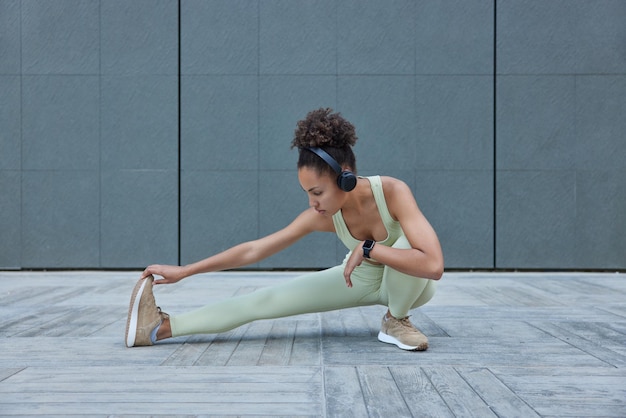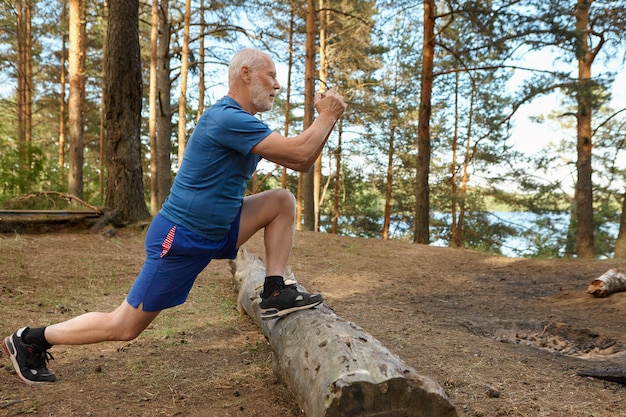Staying active after 50 isn’t just about looking good—it’s about feeling strong, maintaining independence, and protecting long-term health. Regular strength training and cardiovascular exercise can help combat age-related muscle loss, improve joint mobility, boost heart health, and enhance mental well-being. But to get the most out of your workouts while minimizing injury risk, safety must come first.
Whether you're returning to the gym after years away or stepping up your routine, these 18 coach-approved safety tips are designed specifically for men over 50. Follow them to start strong, stay consistent, and measure real results—every week.

Jumping straight into heavy lifting increases injury risk. Spend 5–10 minutes warming up with dynamic movements like leg swings, arm circles, and bodyweight squats to increase blood flow and prepare your joints and muscles.
Lifting heavier weights with poor form can lead to chronic injuries. Master proper technique with lighter loads first. Quality reps build strength safely and effectively.
As we age, mobility naturally declines. Include mobility drills or yoga sessions 2–3 times per week to maintain range of motion in hips, shoulders, and spine.
When performing bench presses or squats with heavy weights, always use a spotter. This simple step can prevent serious accidents and boost confidence under the bar.
Avoid ego lifting. Begin with weights that allow you to complete all reps with control. Gradually increase load only when form remains flawless.
Distinguish between muscle fatigue and joint or tendon pain. Sharp or persistent pain is a warning sign—stop the exercise and reassess.
Dehydration can lead to dizziness, cramps, and reduced performance. Drink water before, during, and after workouts—even if you don’t feel thirsty.
Supportive, stable shoes are essential. Avoid running shoes for lifting—they’re too soft. Use flat-soled or weightlifting shoes for better balance during squats and deadlifts.
End each session with 5–10 minutes of light cardio and static stretching. This helps reduce soreness and supports recovery.
Use a journal or app to log exercises, sets, reps, and weights. Tracking progress helps maintain consistency and reveals improvements you might otherwise overlook.
Muscles grow during recovery, not during workouts. Aim for at least 1–2 rest or active recovery days per week to prevent overtraining.
Include exercises like banded shoulder dislocations or glute bridges to activate key stabilizing muscles before lifting.
Weight machines offer guided motion, making them safer for mastering form before transitioning to free weights.
Include strength, cardio, and flexibility training. A well-rounded program supports overall health and reduces injury risk from muscle imbalances.
If you have cardiovascular concerns, consider using a heart rate monitor. Stay within safe training zones and consult your healthcare provider if needed.
The Valsalva maneuver (holding breath during lifts) can spike blood pressure. Exhale during exertion (e.g., pushing up from a squat) and inhale during the easier phase.
Carry essentials: water bottle, towel, resistance bands, knee sleeves if needed, and a small first-aid item like blister pads. Being prepared supports uninterrupted, safe workouts.
Set measurable goals—like increasing squat weight by 10% or reducing resting heart rate. Review progress weekly and adjust your plan monthly to stay on track.
Fitness after 50 is not about going faster or lifting heavier than in your 20s—it’s about moving smarter, recovering well, and building sustainable habits. By following these 18 safety-focused tips, you’ll protect your body, maximize results, and enjoy long-term gains in strength, energy, and confidence.
Start strong. Stay consistent. Measure progress weekly. Your strongest years are still ahead.

Fitness

Fitness

Fitness

Fitness

Fitness

Fitness

Fitness

Fitness

Fitness

Fitness

Wellness

Health

Health

Fitness

Health

Health